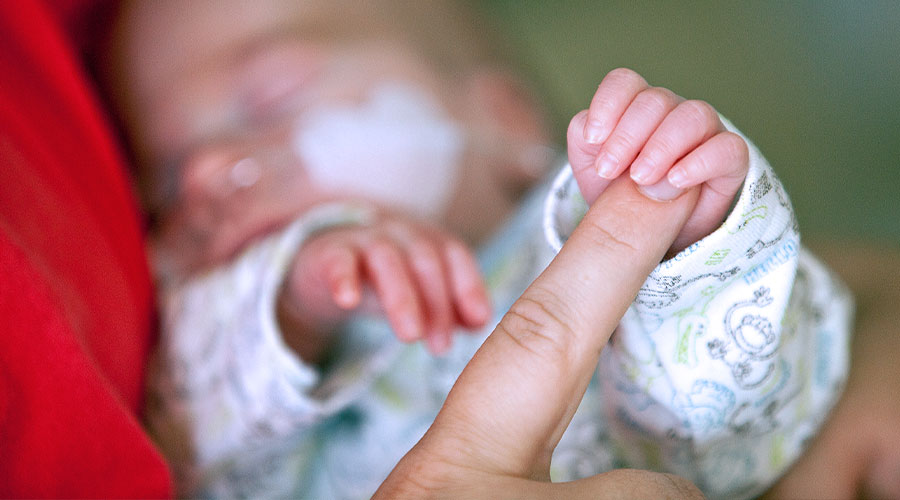Which genetic factors make some children particularly susceptible to severe RSV infections?
What is this research project about?
The Respiratory Syncytial Virus (RSV) is a globally distributed respiratory pathogen. In the winter season it causes epidemic respiratory infections in all age groups. Among healthy adults, RSV infections are generally mild with common cold-like symptoms. However, primary RSV infections among infants can take a severe course. In fact, RSV is the most frequent cause of lower respiratory tract infections among infants and it causes significant morbidity and mortality in this age group. The course and outcome of primary RSV infection are highly variable. While some children have only mild symptoms such as during a common cold, others are severely ill and need hospitalization. Pre-term birth is one important known risk factor for severe RSV infection. However, most cases of a severe primary RSV infection occur among infants that do not have any known risk factors. Globally the most severe cases are responsible for more than 3 million hospital admissions and 59.600 in hospital deaths every year.
To the pictures: Figure 1 shows uninfected cells (purple nuclei). Figures 2, 3 and 4 show progressive RSV infection; the cells were infected with a virus (green) and a viral protein was stained (orange/red); in the superposition of both colours they appear yellow; as the infection progresses neighbouring cells fuse. Source: Svenja Sake/Twincore
What’s the current status?
The determinants controlling severe primary RSV disease are poorly defined. Genetic variation in some genes involved in various immune functions has been associated with severe courses of infection. It is generally assumed that genetic variants in multiple genes may contribute to RSV disease severity. However, genome-wide and comprehensive studies are missing. Vaccines or directly acting antivirals to prevent or treat RSV infections are not available. A prophylactic monoclonal antibody is used to protect infants at very high risk (e.g. due to pre-term birth) in the first year of their life. However, this prophylaxis is expensive and its cost-effective administration is compromised by incomplete knowledge about those children at greatest risk for severe RSV infection. Thus, precise information about host determinants responsible for severe courses of primary RSV infection opens new opportunities for diagnosing infants with a high risk of severe RSV disease and for personalized prophylaxis.
How do we get there?
Over the past years, we have established a cohort of 160 infants aged less than two years suffering from severe RSV infection (IRIS cohort, Infection with Respiratory Syncytial Virus), completed whole exome sequencing (WES), and identified 346 SNPs that are significantly associated with severe RSV infection. Patients were included based on stringent inclusion/exclusion criteria and extensively clinically profiled including quantitative parameters of disease severity (e.g. duration of hospitalization, and oxygen support). Bio specimen (nasal fluid and serum) were stored in the Hannover Unified Biobank. RSV infection including possible co-infection by other viruses was confirmed by RT-PCR. Mechanistic follow up has highlighted novel RSV dependency and restriction factors that are targeted by associated coding SNPs (Patent application Hansen, Wetzke, Haid, Pietschmann EP17195522.2).









